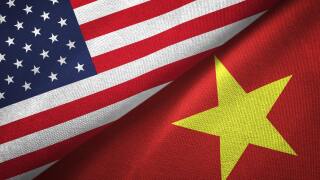Recently published Special Focus articles
Recently published Special Focus articles
-
Sponsored by ZaccoLawyers at Zacco join Managing IP to discuss the shifting world of online IP enforcement
-
Sponsored by Adams & AdamsMohamed Jameel Hamid and Alicia van der Walt of Adams & Adams unpack the African Continental Free Trade Area agreement, explain its impact on intellectual property, and outline practical strategies for brand owners across Africa
-
Sponsored by CASJoin Managing IP and CAS on December 11 for a practical discussion on why critical references are still missed in intellectual property searches, and how strategic search design can reduce risk and improve outcomes
-
Sponsored iPNOTEAlex Levkin of iPNOTE draws on his experience as a patent attorney to offer a personal account of how AI can streamline cross-border intellectual property filings and address the time and money trade-off
-
Sponsored by TOPPAN Digital IPManaging IP hears how TOPPAN Digital IP’s platform aims to streamline global patent management, combining artificial intelligence and human expertise to facilitate efficient filings, accurate translations, and smooth renewals in a single, secure environment
-
Sponsored by CASLucy Teixeira Antunes and Matt Garver of CAS join Managing IP to share real-world stories from the front lines of intellectual property analysis, exploring overlooked sources of prior art and how AI is reshaping search strategies





















